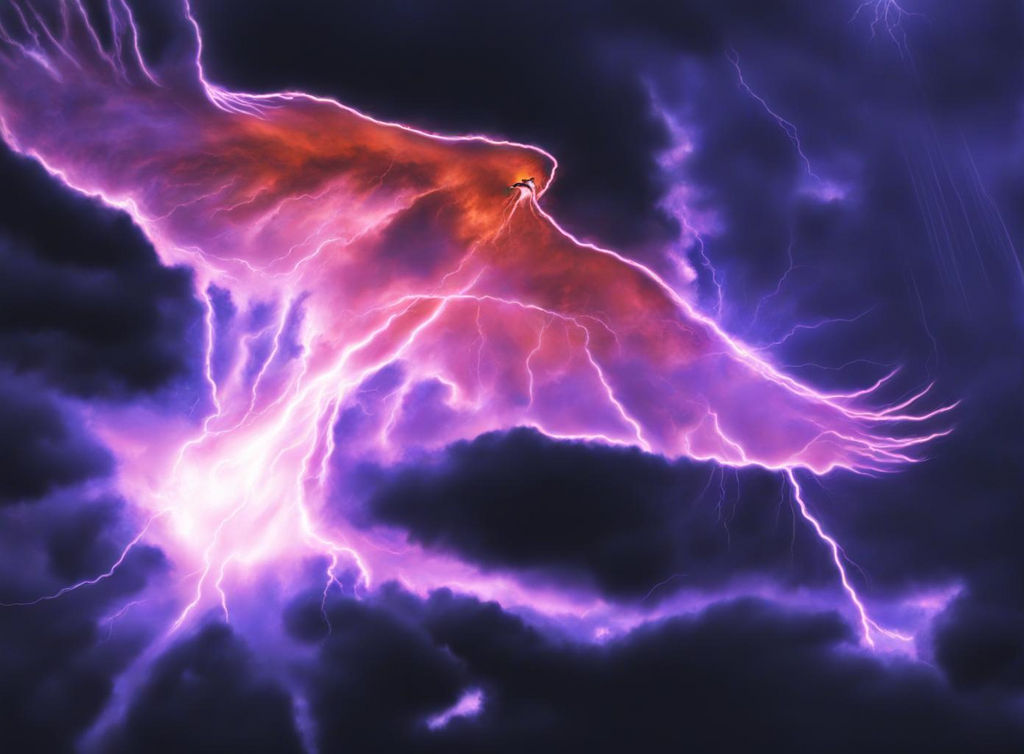Editor’s Note: Bob submitted this article prior to the Regional Champship, but I didn’t have time to edit it before the event. It’s pretty sweet to see how Bob’s predictions actually played out. Bob’s teammate Abe piloted this deck to incredible success and earned his spot on the Pro Tour with Birds.
There was a boat sized hole in the August 26 Banned and Restricted announcement for Pioneer.
Sure, Amalia and Sorin needed to go, but now Treasure Cruise is the best card in Pioneer, and it’s in UR Phoenix, among the best decks in Pioneer. All of Team Moonshot is qualified and going to go to Regional Championship Washington DC, but preparing for it has become a little awkward.
While this flowchart started as a joke, there’s a lot of truth here. While there hasn’t been any large paper pioneer tournaments since the bannings, this is what we do know about Phoenix:
- It plays the best card in Pioneer.
- It sees more cards than any other deck in Pioneer each game.
- It has a mana curve that’s as low as any deck in Pioneer.
- More recently, it’s better than ever against graveyard hate thanks to Proft’s Eidetic Memory.
These reasons lead the deck to having a history of performance when in the hands of good, practiced players.
During all the tournaments at the December 2023 Regional Championship weekend in Atlanta, Phoenix had a 52% win rate across a 1,300 match sample size. The only decks with a higher win rate at a similar sample size were Amalia combo at 56% (that RC was the breakout tournament for what was then a new deck), and UW Control at 58% (this deck was preying on the large Amalia metagame share).
Pro Tour Murders at Karlov Manner happened three months later. Pro Tour competitors took the deck to a 57.5% win percentage. It had the highest win rate among the decks with a relevant sample size, other than the new Rakdos Vampires at 60%.
Now, both decks with a better win percentage than Phoenix in the biggest two Pioneer tournaments of the last 10 months had key pieces banned on August 26.
It’s the de-facto best deck. Everyone who takes the RC seriously will have a copy available to play if they want to. Everyone who doesn’t choose to play it will have a lot of reps against it. But, as these two tournaments show, it can still perform when it’s a known quantity.
Phoenix is beatable, at a price
There are options if you want to beat Phoenix. Lotus Field Combo has a historically strong matchup, but struggles against aggressive decks. It looks like other red aggressive creatures, in combination with burn spells, are reasonable choices in a Phoenix-heavy metagame, since blue and red doesn’t have life gain in their color pie.
For instance, this BR Valiant deck has risen to be a top-three deck of the format.
Leaning on the new Valiant keyword on Heartfire Hero and Emberheart Challenger, this deck can deal 15 damage on turn 2, and sometimes kill on turn 3.
It doesn’t play well going beyond turn 5. If Phoenix figures out a gameplan to draw the game out reliably, RB Valiant won’t be a format mainstay.
While this BR Valiant Aggro deck is a new player to the format, it’s a close comparison to the WR Heroic decks we’ve seen in the past. These red decks struggle against midrange and control decks. Phoenix could also be just fine in the matchup playing more cards for aggressive decks.
What could change to make Phoenix a bad choice for RC DC
A few changes could happen.
The most obvious: Duskmourn releases one week before the Regional Championships, on September 27. Last year, there was a month gap between the 2023 Pioneer Regional Championship in Atlanta and when Amalia was released in Lost Caverns of Ixalan. It was still the second best performing deck at that event. One week is much less time to figure out how to adjust if a paradigm shift happens.
It doesn’t have to be a powerful new archetype or dominating sideboard card targeted at Phoenix. Even printing a new card or two to a previously Tier 1.5 or Tier 2 deck (think Jund Sacrifice, UW Control, or Convoke) to make those decks more consistent could shift its Phoenix matchup from 45% to 52%.
It’s also likely enough players could test against Phoenix and have better deck choices and sideboard plans than previous tournaments. This would cause Phoenix players to have a harder metagame spread in Day 2 than Day 1. For example, it’s entirely likely Lotus Field Combo players could over perform feeding off of the potential of ~35% of the field being Phoenix.
Jund Sacrifice might be worth considering as a deck which can rival Phoenix for the “best deck” spot. The infinite combo late game Ygra, Eater of All paired with two Cauldron Familiars made the deck have quicker closing power it was lacking against decks trying to take it into later turns. I expect the well-prepared Jund Sacrifice pilots to have sideboard plans that are good against the stock Phoenix lists at the Regional Championship.
What happens now?
Do all roads inevitably lead to playing UR Phoenix if you want to maximize your win percentage?
No, but many of them do.
I’m on the lookout for new Pioneer cards that could matter in Duskmourn. In the wake of the bannings, I’m paying attention to tournament results and Team Moonshot is trying to learn how various decks line up against the Bird.
It’s not a foregone conclusion that I’ll play Phoenix yet, but every day I get closer as I make my way through the decision matrix and come out to the same results.
Editor’s note: Bob did play Phoenix and missed day two with a win-and-in. He had correctly predicted that many decks had heavy sideboard plans so matchups mattered. His teammate Abe successfully piloted this same deck to the Pro Tour.


Leave a Reply